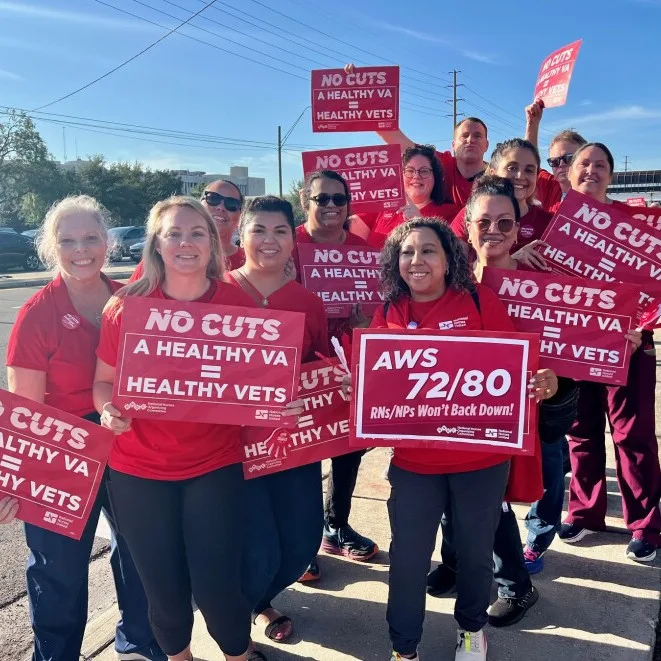In a significant development regarding the Biden administration’s diversity, equity, and inclusion (DEI) initiatives, approximately 200 employees connected to DEI efforts at various federal agencies have been put on administrative leave. This decision, effective as of Wednesday, January 21, 2025, follows a directive from the Office of Personnel Management (OPM) aimed at curbing the increasing costs related to DEI programs.
As stated in the announcement, all DEI offices across federal agencies are mandated to begin shutting down operations by the end of the day on Wednesday. Concerns regarding the efficacy and justification for these positions have been palpably raised, particularly in light of budgetary constraints and the ongoing scrutiny of government spending.
This action aligns with a broader initiative championed by some members of Congress, who argue that the DEI roles unnecessarily inflate administrative expenses without delivering tangible outcomes. Critics have expressed apprehension about the potential adverse impacts on workplace inclusivity and diversity in federal employment, emphasizing that dismantling these offices might reverse progress made in fostering an equitable work environment.
According to a senior administration official, “This decision was not made lightly, but understanding the budget realities we face required tough choices, and the focus will now shift to more effective methods of promoting DEI devoid of excessive overhead.”
In parallel, the Trump administration’s controversial executive orders on transgender rights within the federal workforce were also part of this discussion, as advocates warn that any regression in DEI policies could lead to a re-emergence of discriminatory practices against marginalized groups. Individuals such as Equality Florida’s Executive Director, Nadine Smith, voiced strong disapproval, stating, “Hitting the reset button on the progress made over the last few years is a dangerous gamble for equality.”
As federal agencies navigate these changes, stakeholders from various sectors will be closely monitoring the impact of these developments on both government operations and the broader American workforce.













